Wind Turbine Controller
Wind Turbine Controller, 100W/200W, 12V/24V
Wind Turbine Controller, 300W/400W/500W, 12V/24V
Wind Turbine Controller, 600W/700W, 12V/24V/48V
Wind Turbine Controller, 800W/1000W, 12V/24V/48V
Wind Turbine Controller, 2kW, 48V/96V
Wind power controller is an intelligent controller specially designed for wind power generation system. Making full use of wind energy resources to generate electricity, the device is not only capable of efficiently converting the electricity generated by the wind turbine to charge the battery, but also provides powerful control functions. To learn more about or purchase wind turbine controllers, please visit Powerhome.com.
Principle of Wind Turbine Controller
Wind turbine controller is the wind generator to regulate and control the power generated, on the one hand, the adjusted energy sent to DC loads or AC loads, on the other hand, the excess energy according to the characteristic curve of the battery charging the battery pack, when the electricity generated can not meet the needs of the load, the controller will be the battery power sent to the load. After the battery is fully charged, the controller should control the battery from being overcharged. When the stored power of the battery is discharged, the controller should control the battery not to be over-discharged to protect the battery.
The controller uses PWM stepless unloading to control the wind turbine to charge the battery intelligently. In the event that the electrical energy emitted by the wind turbine exceeds the storage capacity of the battery, the control system must dissipate the excess energy. The common control method is to connect the whole unloading all the way, at this time the battery is generally not full, but the energy is all consumed in the unloading, thus causing a waste of energy. Some are connected to the unloading in stages, the more stages, the better the control effect, but generally can only do about five or six levels, so the effect is still not ideal. The best control is to use PWM (pulse width modulation) method for stepless unloading, that is, it can reach thousands of levels of unloading. Therefore, under normal unloading conditions, it can ensure that the battery voltage is always stabilized at the floating charging voltage point, and just release the excess electrical energy to unloading. This ensures the best battery charging characteristics, making full use of electric energy.
As the battery can only withstand a certain charging current and float voltage, over-current and over-voltage charging will cause serious damage to the battery, WIN-POWER controller through the microcontroller real-time detection of the battery's charging voltage and charging current, and through the control of the fan charging current to limit the battery's charging voltage and charging current, to ensure that the battery can be full, and will not be damaged. Thus ensuring the service life of the battery.
Digital intelligent control, the core device is controlled by a powerful microcontroller, which makes the peripheral circuit structure simple, and the control mode and control strategy flexible and powerful, thus ensuring excellent performance and stability.
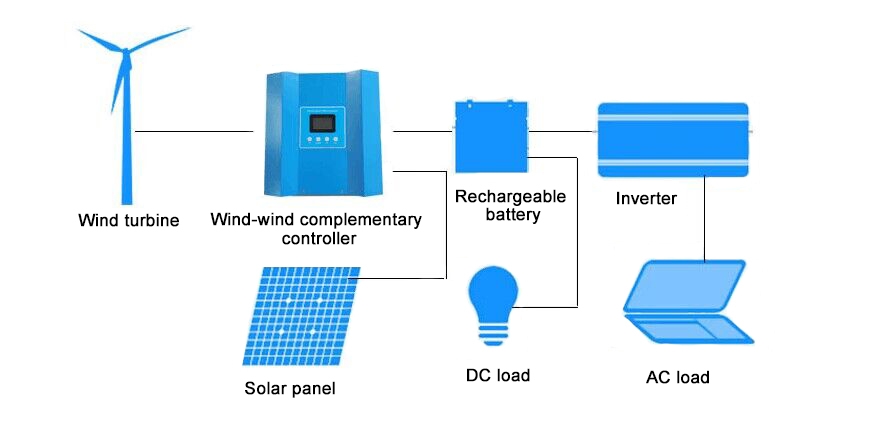
Function of Wind Turbine Controller
- Power control: The wind turbine controller can adjust the blade angle and rotational speed according to the change of wind speed, so as to control the power output of the wind turbine, and ensure that the generator can generate power effectively under different wind speeds.
- Protection Function: The controller can monitor the operation status of the wind turbine, such as overload, overspeed, temperature abnormality, etc., and take timely measures, such as lowering the rotational speed, adjusting the blade angle or shutting down for protection, in order to prevent equipment damage.
- System integration: The controller connects the wind turbine with the grid or load to ensure smooth output and efficient utilization of power. At the same time, it can also work with other power generation systems, such as solar power systems, to achieve the optimal allocation of energy.
- Data monitoring and remote control: The wind turbine controller can monitor the operation data of the equipment in real time and realize remote monitoring and control through the network. This helps to find and solve problems in time and improve the operation and maintenance efficiency of the system.
How to Choose the Power of Wind Turbine Controller
- Rated power of the wind turbine: The basic selection criterion for a wind turbine controller is its power rating, which should at least match the rated power of the wind turbine. The power rating is the maximum power that the wind turbine can output stably under ideal conditions. The power of the controller must be able to handle the power generated by the wind turbine at maximum power production efficiency to ensure that the system operates properly under all operating conditions.
- Peak power: Wind turbines may produce output in excess of their rated power under certain conditions, such as strong wind conditions. It is therefore important to select a controller that can withstand this short-term peak power. This avoids overloading and potential equipment damage during extreme weather conditions, thus safeguarding the reliability and long-term stability of the system.
- Safety margins: It is prudent to consider safety margins when selecting controller power. This means that the controller power should be slightly higher than the maximum possible output of the wind turbine. For example, if the wind turbine is rated at 5 kW, selecting a controller with 6 kW or more power provides additional capacity to handle unexpected events and ensures that the system remains stable under varying operating conditions.
- Total energy demand of the system: In a multi-source energy system, the wind turbine may be only one of several sources of energy generation. In this case, the selection of the controller needs to take into account the energy requirements of the whole system. The controller should have the ability to manage and distribute the power generated by the different energy sources to optimize the performance and efficiency of the entire system.
- Environmental factors: The power selection of the controller should also take into account the specific environmental conditions of the installation site, especially the average wind speed and wind speed fluctuations. These factors directly affect the actual power output of the wind turbine, which in turn affects the power requirements of the controller. For example, in areas with high or fluctuating wind speeds, selecting a higher power controller can better cope with possible power fluctuations.
(1).png)
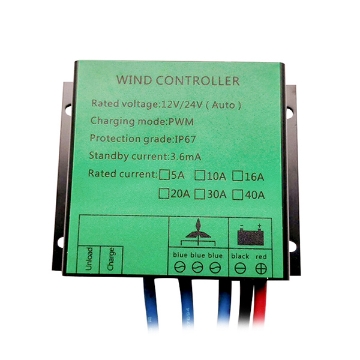
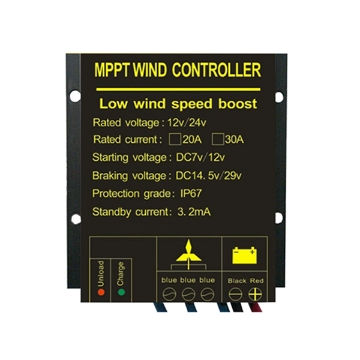
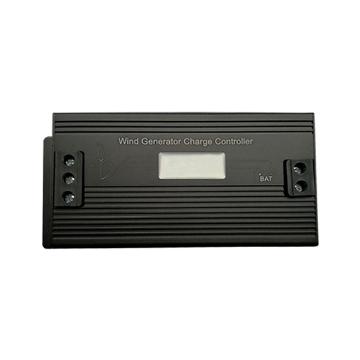
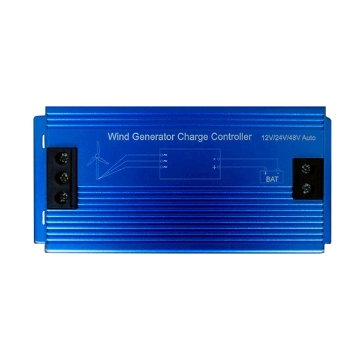
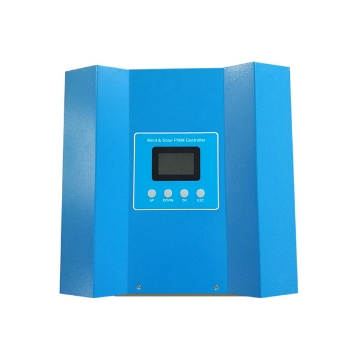
(1).png)